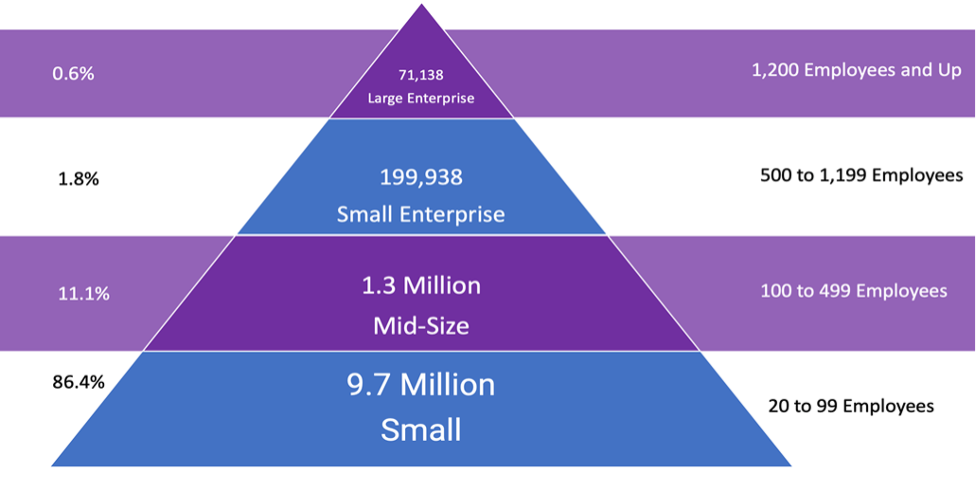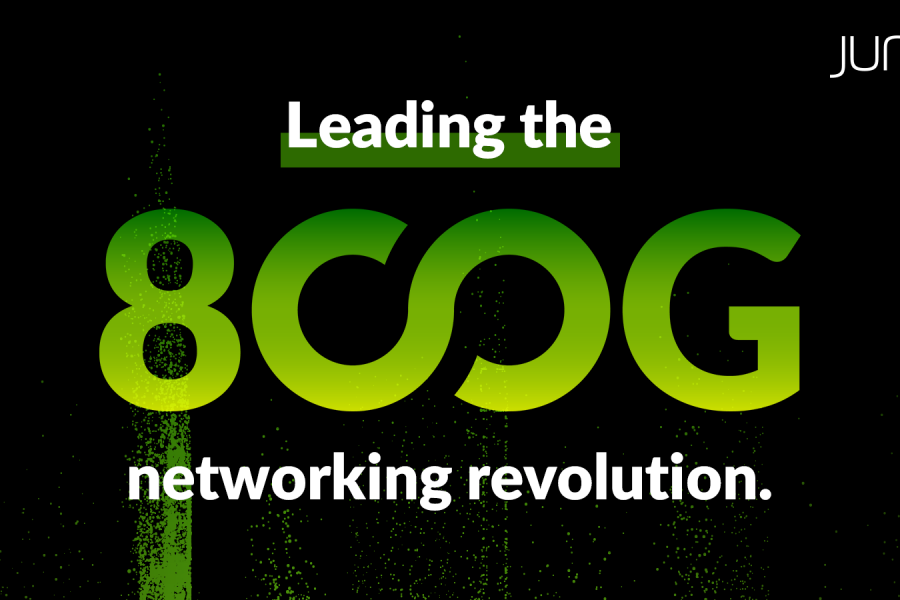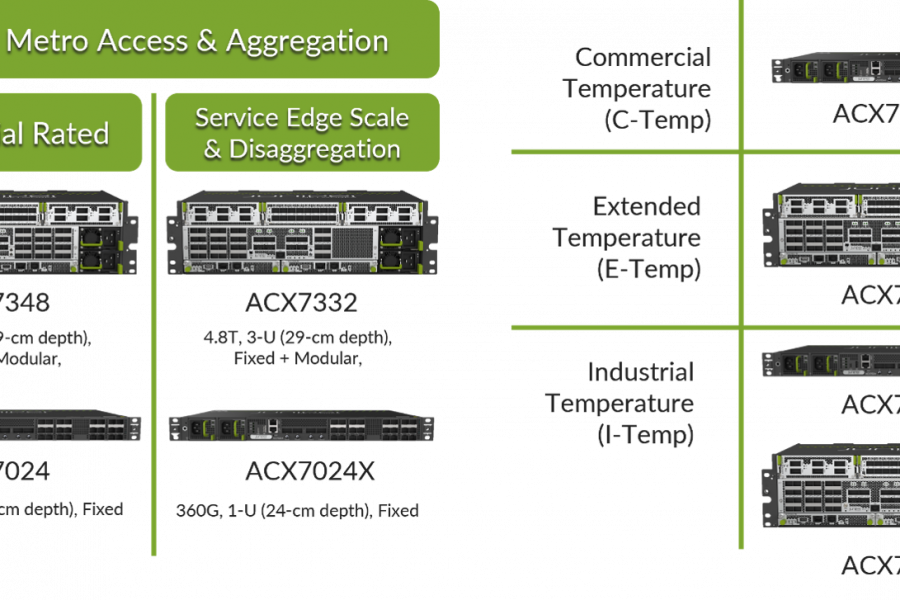Navigating network complexity is an increasingly common challenge. Today’s businesses are dealing with various potential network environments and connection points all at once. Between delivering applications over the cloud, to supporting hybrid and/or remote work to mobile devices that need access wherever they are, it’s easy to see why businesses are looking for a better way to manage networks. Secure, reliable connections are needed for business success.
Recently, ESG research found that 54% of survey respondents felt that network complexity has increased over the last two years, which can adversely impact many things including common digital transformation objectives like operational efficiency and improved user experiences. Many of these businesses have turned to SD-WANs to handle that complexity while guaranteeing a positive, consistent end-user experience – and establishing the foundation for any expanded needs that the future may bring. SD-WAN technology provides agility, a faster on-ramp for new deployments, high availability, centralized management and connection advantages for remote users.
DIY, Fully Managed Service or Co-Managed SD-WAN?
There are three routes to deploying an SD-WAN and businesses need to be certain they’ve chosen the correct path for their specific organizational needs. Some businesses approach SD-WANs as a do-it-yourself (DIY) project that they relish the challenge of. Others understand that they have neither the time nor the expertise to get it right themselves and turn instead to a managed service provider (MSP) for help. That help can take the form of either a managed service, where the business is not involved at all, or a co-managed service, where both the business and the MSP work together to design the solution and divide management responsibilities.

But what should this critically important decision be based on? What will create the best end-user experience and organizational efficiencies at the same time? There are a few key variables to take into consideration first:
- Control: Is the organization looking to retain full control over its network? Is this necessary (i.e., is it critical to the business’ success) or is it just a preference of the team? Which option presents the team with the controls that are important to them?
- Capabilities: Does the organization have access to the tools and technologies needed to successfully complete a DIY project? Does it have the relationships necessary to access the technology needed?
- Time and Talent: Many businesses are understaffed and struggling to accomplish the tasks on their to-do lists now. Consider whether it’s even possible to take on a new project in short order.
- Troubleshooting/Management: One often overlooked consideration is the ongoing management of the network and the troubleshooting of any problems that come up. Network issues such as misconfigurations, congestion, faulty cables, poor ISP network availability, and hardware problems will inevitably occur. If the team does not have sufficient resources, then timely repairs will become a problem, making the end-user experience suffer.
- Automation: An additional area to consider is automation technology and if this is something the team has expertise in. Automation will become even more important as businesses look to eliminate mundane tasks and let their talent work to the best of their abilities.
In a DIY situation, the IT team needs to have established relationships with vendors who can help bring together all the elements needed for a successful SD-WAN deployment, including connectivity, security, managed service, web hosting, etc. Businesses choosing a DIY approach often want to be in full control of the experience delivered to their end-users.
For those taking an MSP approach, the question is often around what services the MSP can deliver, for example, connectivity in addition to the SD-WAN. Additionally, can they deliver a service-level agreement (SLA) for the whole package? Or, if so desired, can the MSP offer a solution that integrates all parts of the branch, bringing together a holistic environment?
 Source: ACG Research: Percentages of Companies that Work Through MSPs
Source: ACG Research: Percentages of Companies that Work Through MSPs
One of the biggest considerations includes troubleshooting tasks – does the in-house team have the hours and expertise to quickly recognize and repair problems so the business doesn’t suffer? What type of service does the MSP and its vendor partners offer? What do Day 2 operations look like?
Businesses – especially those already crunched for time – cannot wait until after a contract is signed (or isn’t) to figure these situations out.
Juniper recently held a webinar with ESG Principal Analyst, Bob Laliberte and Juniper Networks Senior Director of Product Management, Kevin Klett, where they discussed this very situation. They review the pros and cons of both approaches, share advice on what to look for in each solution and discuss some of the ways that Juniper’s AI-driven technologies can help any organization looking to deploy an SD-WAN.
For those currently deciding whether to work with an MSP or to take on a DIY SD-WAN project, give it a watch here.


